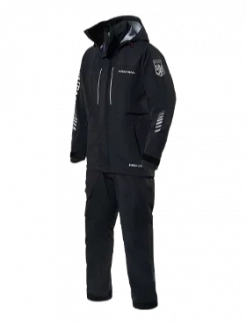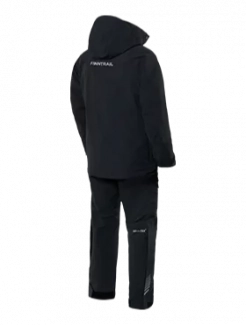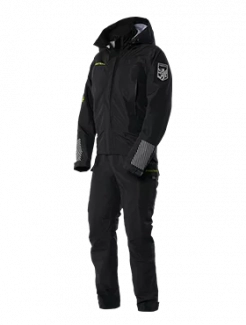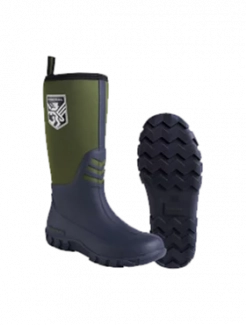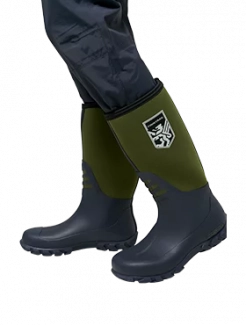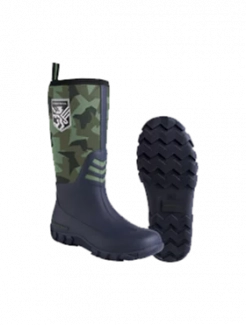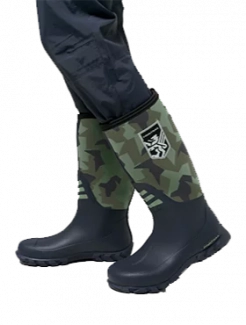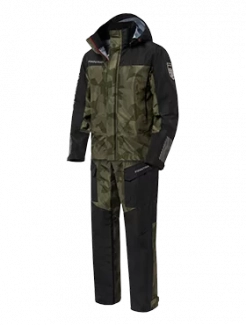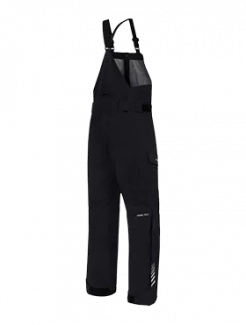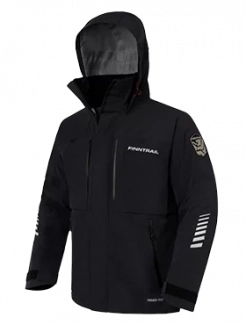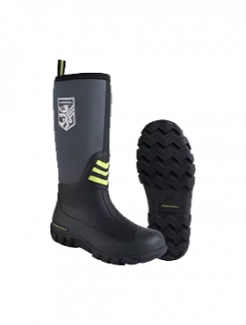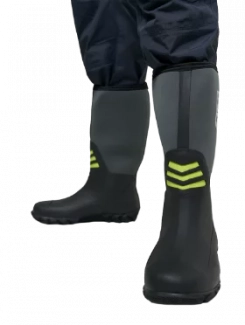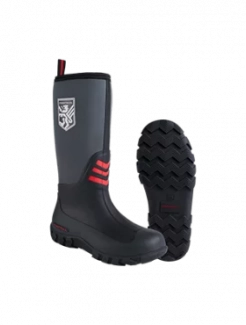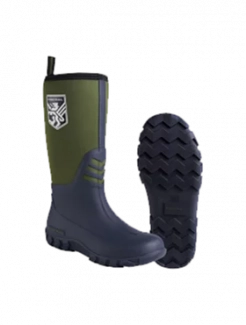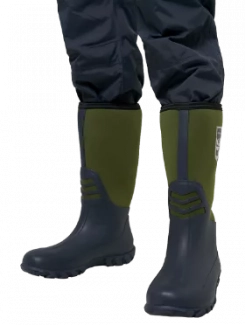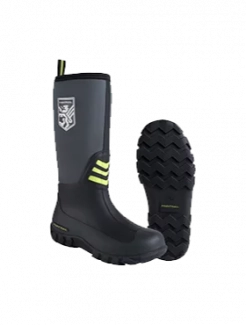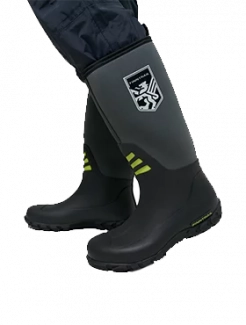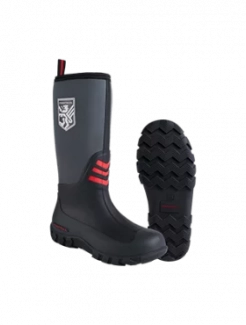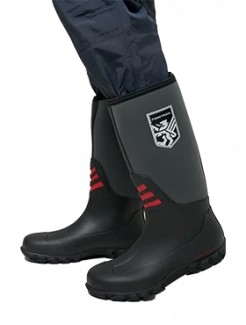How to Choose a Fishing Rod
If you’re new to fishing or simply looking to upgrade your gear, understanding how to choose a fishing rod can be a game-changer. The right rod doesn’t just improve your performance—it transforms the entire experience. A well-chosen rod enhances your ability to cast accurately, detect subtle bites, and reel in your catch with control. But with so many models, lengths, materials, and styles out there, choosing a fishing rod can feel overwhelming at first. The good news? Once you know what to look for, the process becomes much easier and even enjoyable.
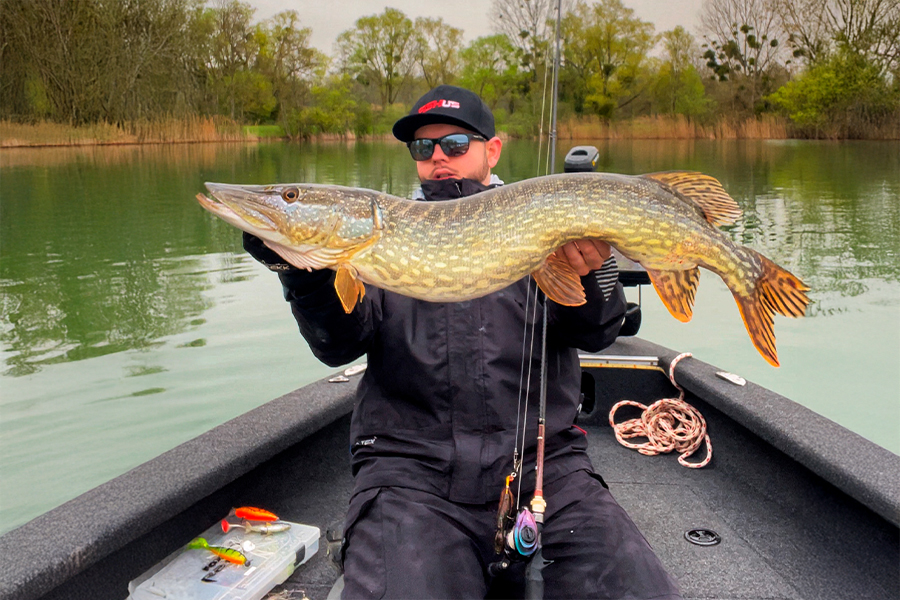
Why Choosing the Right Fishing Rod Matters
A fishing rod isn’t just another piece of equipment. It’s your primary connection to the fish and the water. The rod acts as your sensor, your lever, and your line’s foundation all in one. Whether you’re casting lures from the bank, trolling in deep waters, or flipping jigs under a dock, choosing the right rod can help you cast better, fight fish more effectively, and truly enjoy your time outdoors.
Using the wrong rod can lead to fatigue, missed catches, or gear failure. But when your rod is well-matched to your fishing style, it enhances every element of your outing—making your time on the water more productive and more fun.
How to Choose a Fishing Rod for Beginners
For those just getting started, the choice comes down to ease of use, versatility, and comfort. A spinning rod is typically the best choice for newcomers. They are intuitive, forgiving, and work well in both freshwater and light saltwater environments.
For beginners, a rod length of 6’6” to 7’ with medium power is a great all-around option. This setup strikes a balance between sensitivity and strength, giving you the responsiveness needed for panfish and the backbone to handle bigger species like bass or catfish.
When choosing a fishing rod and reel, look for a matched combo. These combos are balanced in terms of size, weight, and function, making the learning curve much smoother for beginners.
How to Choose Rod Length
Rod length affects casting distance, leverage, and accuracy. Shorter rods—typically 5 to 6 feet—offer more control and precision, making them ideal for tight quarters, boat fishing, or kayak angling. These are perfect for scenarios where casting distance is less important than accuracy and maneuverability.
Longer rods—7 to 10 feet—allow for greater casting distance and are perfect for surfcasting, pier fishing, or covering large areas of water. When choosing rod length, consider your primary fishing environment and how far you’ll typically need to cast.
A general rule:
-
Shorter rods = better for accuracy and confined spaces
-
Longer rods = better for distance and power
How to Choose Fishing Rod Size, Power, and Action
When it comes to choosing the rod size, you'll often hear terms like power and action. These aren’t interchangeable—they refer to two different characteristics of a rod.
-
Power is the rod’s resistance to bending. It ranges from ultralight (for small species and finesse fishing) to heavy (for big fish and heavy lures).
-
Action refers to where the rod bends under pressure. Fast action rods bend near the tip, making them more sensitive and ideal for quick hook sets. Slow action rods bend throughout the length, offering more flexibility and better shock absorption.
For example, if you’re choosing the right rod for bass fishing, a medium-heavy rod with fast action is a popular choice. It provides the strength to set the hook in tough mouths and the sensitivity to detect subtle strikes.
How to Choose a Fly Fishing Rod
Fly fishing requires a completely different rod style. The key lies in matching rod weight, length, and action to your fishing needs.
-
A 5-weight rod at 9 feet long is a versatile option for freshwater species like trout, bass, and bluegill.
-
A 3- or 4-weight rod is best for delicate presentations in small streams.
-
Heavier 8- to 10-weight rods are designed for larger fish like salmon or saltwater species and perform better in windy conditions.
So, options come down to where you fish, what you’re targeting, and your casting ability. Fly rods also require matching line and reel weights, which adds another layer to your decision.
How to Choose a Rod for Saltwater or Freshwater
Fishing in saltwater vs. freshwater requires different gear, look for corrosion-resistant materials and reinforced components. Saltwater species often put up a harder fight, so saltwater rods are usually more powerful and rugged.
In contrast, a freshwater rod involves prioritizing finesse and sensitivity. You’re typically targeting smaller species in less demanding conditions, so lighter rods with softer tips are common. Choose your rod based on the type of water—river, lake, or stream—and the species you expect to encounter.
How to Choose an Ice Fishing Rod
Cold-weather fishing introduces its own set of gear needs. The choice depends heavily on the type of fish you’re targeting and your jigging style.
-
Ultralight to light rods (24–28 inches) are ideal for panfish and perch.
-
Medium to heavy rods (30–36 inches) are better for walleye, pike, or lake trout.
Because you’re fishing vertically through a hole in the ice, rod length is shorter than in open water. If you’re new to ice angling and wondering what models to choose, start with a medium power rod for the best balance of versatility and strength.
How to Choose the Best Fishing Rod Overall
The answer is easy: understand your fishing style, environment, and target species. Start by asking yourself:
-
Where will I fish most often—freshwater, saltwater?
-
What species am I targeting?
-
Do I need long-distance casting, or is precision more important?
-
Am I fishing from shore, a boat, or through ice?
Once you’ve answered these, you’ll be better equipped to fine-tune elements like rod length, power, and action. Don’t be afraid to try different rods and see what feels best in your hand. There’s no substitute for time on the water.
Choosing a Good Fishing Rod Should Feel Natural
Learning how to choose a good fishing rod is as much about feel as it is about specs. While all the technical details matter, the best rod is the one that feels right in your hands. It should balance well with your reel, feel comfortable to cast, and offer the sensitivity you need to stay in tune with the water.
Whether you’re just starting out or refining your gear for the next big trip, the right fishing rod can make all the difference. With a little knowledge and a lot of curiosity, you’ll be casting smarter, catching more, and enjoying every minute by the water.

